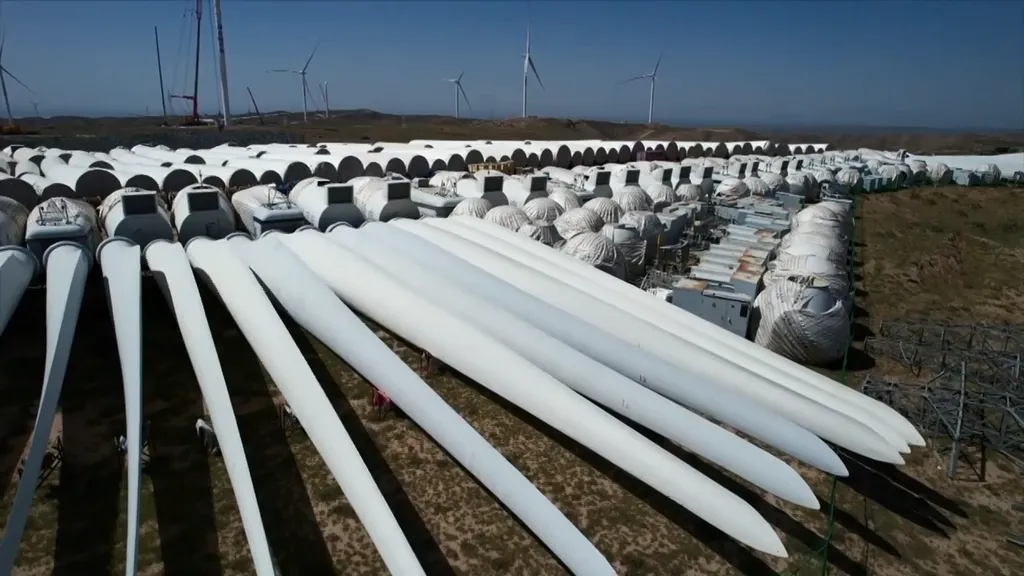In a world increasingly focused on sustainability, the wind energy sector faces a growing challenge: what to do with retired wind turbine blades (RWTBs). These massive structures, made from non-recyclable composite materials, have traditionally ended up in landfills or incinerators, posing environmental concerns. However, a new study led by Xuemei Yu from the Jiangsu Marine Resources Development Research Institute at Jiangsu Ocean University in China is turning this waste problem into an opportunity for the construction industry.
Published in the journal Buildings, the research explores the potential of upcycling RWTBs into innovative construction materials. “By repurposing blade-derived materials, we can reduce landfill dependency and lower carbon emissions associated with conventional construction practices,” Yu explains. This approach not only addresses waste management issues but also promotes resource efficiency in the construction sector.
The study highlights several promising applications for recycled wind turbine blades. These include using them as structural components, lightweight aggregates for concrete, and reinforcement elements in asphalt pavements. “The key findings demonstrate that repurposing blade-derived materials offers a promising pathway toward circular economy goals,” Yu states.
However, the journey towards large-scale implementation is not without challenges. Material compatibility, economic feasibility, and standardization are areas that require further investigation. Yu emphasizes the need for collaboration among different fields, such as those related to cementitious and asphalt materials, to improve technical methods and policy support.
The commercial implications of this research are significant. As the wind energy sector continues to grow, the number of retired turbine blades will rise, creating a potential market for recycled materials. By developing innovative uses for these blades, the construction industry can tap into a new resource while reducing its environmental impact.
This research could shape future developments in both the energy and construction sectors. As Yu notes, “The upcycling of wind turbine blades into construction materials offers a win-win solution for waste reduction and resource efficiency.” By addressing the challenges and fostering collaboration, the industry can move towards a more sustainable future.
In the meantime, the study serves as a catalyst for further research and innovation, paving the way for a circular economy where waste is minimized, and resources are used efficiently. As the world grapples with environmental challenges, such initiatives offer hope and practical solutions for a more sustainable tomorrow.

